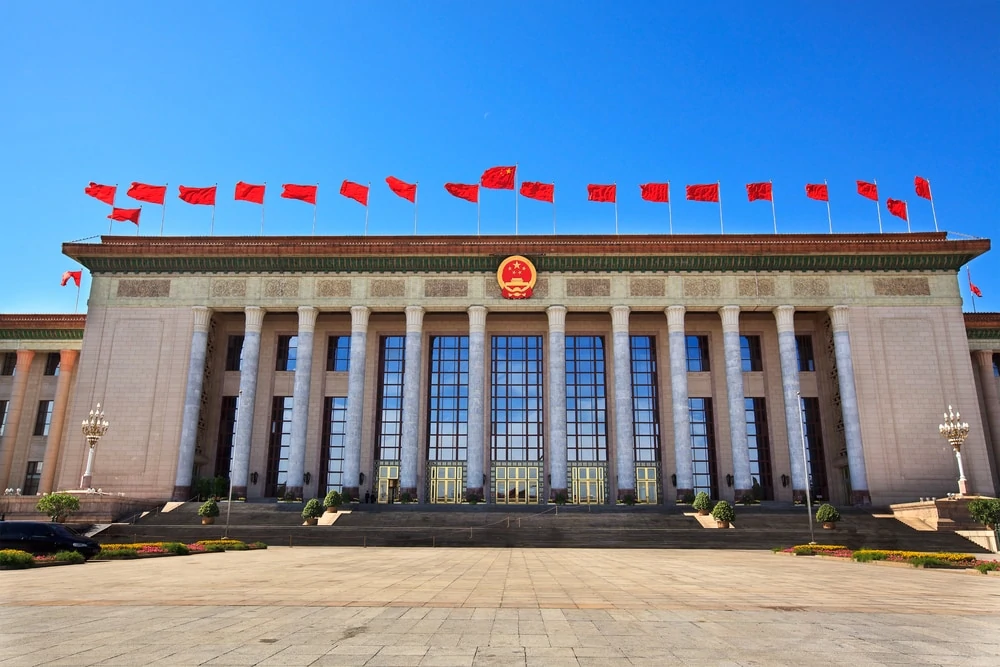China’s 14th Five Year Plan sets modest targets while focusing on structural reforms; science and technology development remain top priorities; and Beijing favours a holistic approach to renewable energies instead of a specific emission target, writes Torsten Weller
Delegates to China’s National People’s Congress passed the 14th Five-Year Plan (FYP) and economic long term strategy out to 2035 with 99% support on 11 March, rounding out this year’s ‘two sessions’ political meetings in Beijing.
As is clear from the title, the FYP sets out the Chinese government’s principal economic targets and policy priorities for the next five years. The 142-page long document contains 19 chapters, covering everything from advanced manufacturing to AI, from transport to toilets, and from the BRI to blockchain. The plan also outlines China’s foreign policy priorities, while providing an indication for local governments as to which sort of investment projects will get the green light in future.
By contrast, the 2035 long-term strategy is much less specific, and merely states China’s general policy goals for the next fifteen years. Accordingly, the strategy ‘hopes’ that China’s modernisation will be complete and that the country will have achieved middle-income status by then. It further assumes that China’s greenhouse gas emissions will have peaked by the middle of the next decade.
Yet what’s missing in both the 14th FYP and the 2035 strategy is as significant as what is in them. For example, Xi Jinping’s remarks following last year’s Fifth Plenum regarding China’s ability to double the size of its economy over the next 15 years are nowhere to be found. Nor do the ‘demand-side reforms’ that were discussed at the party’s Central Economic Work Conference in December appear in the text.
The party’s new ‘Dual Circulation Theory’ does figure in the 14th FYP, but its focus has clearly shifted back towards the strengthening of domestic consumption. The ‘internal circle’ remains the dominant concern for policymakers, while China’s ballooning trade surplus appears now to be seen as a subordinate issue, at least for the next few years. Overall, the 14th FYP sets only modest targets and focuses instead on governance reforms. Instead of just becoming ever bigger, the government clearly wants China to become a more modern, greener, more efficient, and better regulated country by 2035.
Click here to read the full report



